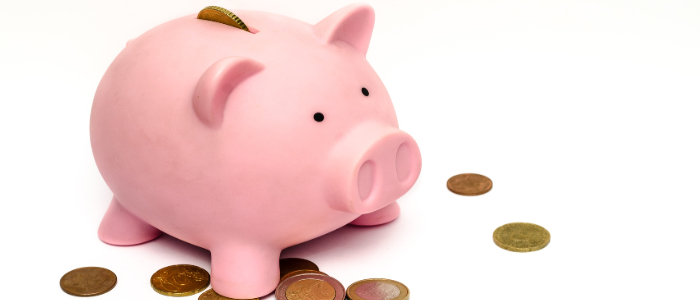
Introduction:
If you run your business as a limited company, often referred to as a personal service company, then the option of receiving a percentage of your income in the form of the dividends rather than a salary is one which should be seriously considered. In simple terms, a dividend is a payment to the shareholders of a company which reflects the profit the company has made.
There are several benefits to receiving or making payments via dividends regarding the tax to be paid on income earned, but there are also conditions which need to be met when making the payments. On top of this, recent changes in the law have altered the tax situation from this year onward, and these changes will be particularly relevant to those making or receiving payments in the form of dividends.
What Are Dividends?
According to the Department for Business, Innovation and Skills, of the 5.4 million private sector businesses trading in the UK at the start of 2015, 1.6 million took the form of limited companies. These companies are able to take advantage of the option of distributing the profits made in the form of dividends. The majority of personal service company owners opt to draw only a small salary and have the rest of their earnings paid to them in the form of dividends.
The chief reason for this is the fact that dividends paid are taxed in a manner which reduces the overall tax burden on the individual. The first and simplest advantage is the fact that National Insurance Contributions, which are payable on a salaried income, are not payable on dividends. This alone greatly reduces the tax burden placed upon a company as there will be no requirement to pay employer’s national insurance contributions. Until April of this year a 10% tax credit was added to any dividends paid, reducing the tax liability of a basic rate taxpayer to zero, and that of those paying the higher rate to 25%. From April of this year, the tax credits were abolished and the new rules will be discussed below.
Finding the right balance between a small salary and income received as a dividend will allow you to reduce your tax burden at the same time as still taking advantage of your personal tax allowance. An income of £11,000, as things stand, isn’t liable for Income Tax, so most personal service company owners still opt to take at least a part of their income in the form of a salary.
How to calculate Dividend Payments
Whilst there is a degree of flexibility regarding when dividends are paid and the amount paid out, there are some hard and fast rules governing the pool of money which limited company is allowed to allocate to dividend payments. The dividends can only be paid out of profit generated by the company after all expenses have been deducted. These expenses include salaries, insurance, accountancy bills and all other business expenses.
It is vitally important to get this calculation right, as any dividends above the available profit from the current or previous years trading will be deemed illegal. If this is the case, HMRC may decide to treat the dividend as a director’s loan or salary, making it likely that you’ll have to pay tax and national insurance on the amount received.
Necessary Paperwork
There is a process that should be adhered to when making a dividend payment. The company must hold a board meeting to agree the dividend, and record the details in the minutes of the meeting. If you run a small company of which you are the sole director, this is more of an administrative formality than anything else.
Dividend Vouchers
Any shareholder receiving a dividend has to be provided with a voucher containing the details of the dividend. Subject to agreement, this voucher can now take the form of an electronic document, such as an attachment to an email, but all vouchers have to contain the following information:
- The date of the payment
- The name of the company
- The name and address of the recipient
- The total number of shares owned
- The total dividend being paid (for dividends paid after the 6th April 2016)
- The director’s signature
It should be noted that the tax situation was different for dividends paid before April 2016. The abolition of the 10% tax credit came into force in April 2016 and, since then, tax on dividends has been calculated in a different manner. Tax isn’t payable on the first £5,000 of any dividends paid, after which the tax payable is calculated on the basis of your income tax band. Basic rate taxpayers will pay 7.5% on dividends over £5,000, whilst higher rate taxpayers will pay 32.5%. When calculating the amount of tax payable on any dividends you receive it’s vital, therefore, to be absolutely certain about the tax year in which they were paid. It should also be noted that anyone in receipt of more than £5,000 in dividend payments will have to fill in a self-assessment tax return.
IR35
One of the risks of paying yourself s contractors via a small salary/large dividends equation is that you may be suspected by HMRC of falling foul of a rule called IR35. This is when HMRC decides that the person receiving the dividend is actually employed by the company paying out, and should, therefore, be taxed through PAYE and National Insurance in the standard manner. HMRC publish an Employment Status Manual, which should be used as a reference for determining the employment status, and therefore tax liability, of any individual.
There is so much on IR35 – we can’t cover it all here. Please read more about IR35 or speak to a member of our team!



